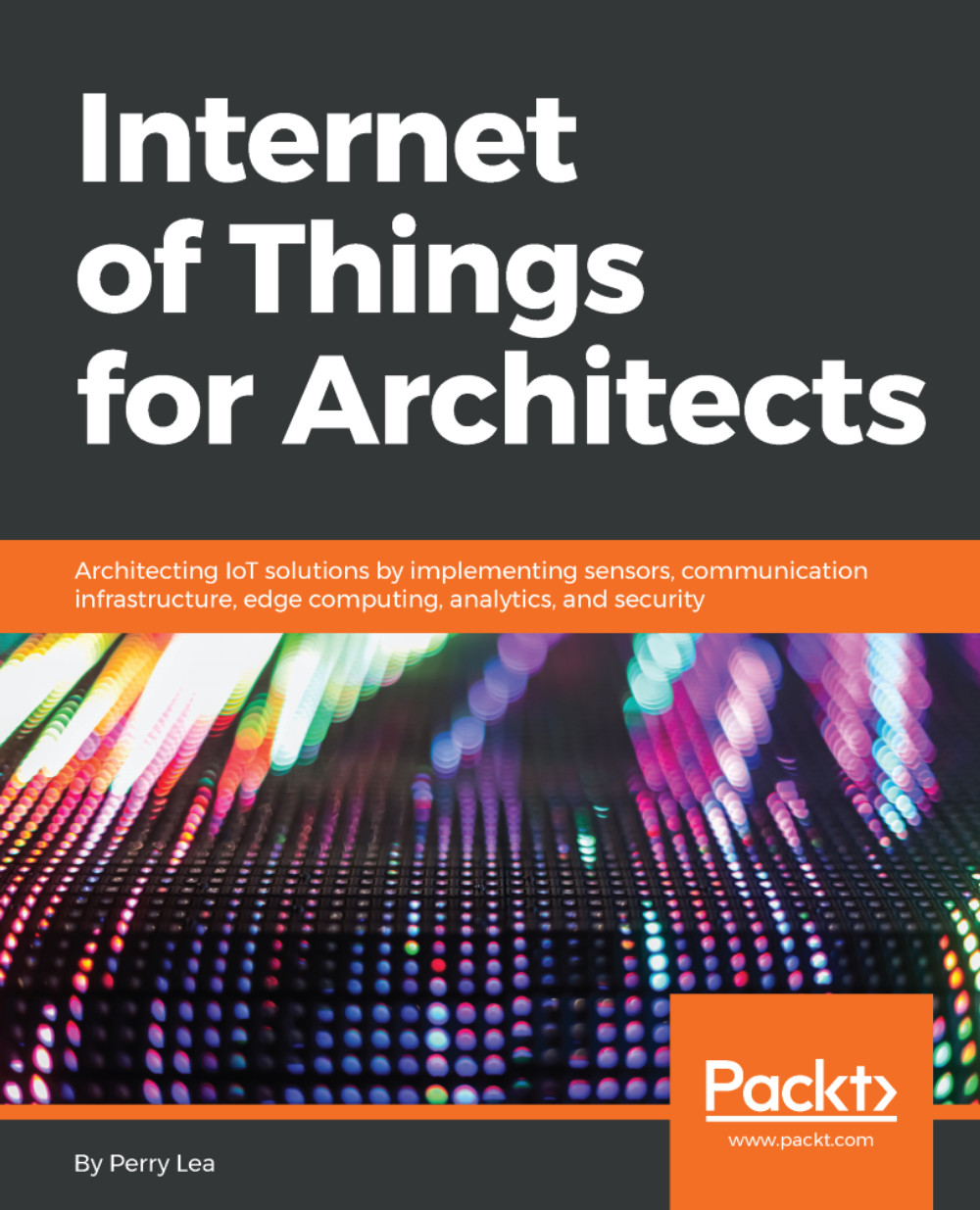Fog computing
Fog computing is the evolutionary extension of cloud computing at the edge. This section details the difference between Fog and Edge computing and provides the various topologies and the architectural references for Fog Computing.
The Hadoop philosophy for Fog computing
Fog computing draws its analogy from the success of Hadoop and MapReduce, and to better understand the importance of Fog Computing, it is worth taking some time to think about how Hadoop works. MapReduce is a method of mapping and Hadoop is an open source framework based on the MapReduce algorithm.
MapReduce has three steps: map, shuffle, and reduce. In the map phase, computing functions are applied to local data. The shuffle step redistributes the data as needed. This is a critical step as the system attempts to collocate all dependent data to one node. The final step is the reduce phase, where the processing across all the nodes occurs in parallel.
The general takeaway here is that MapReduce attempts to bring...






































































